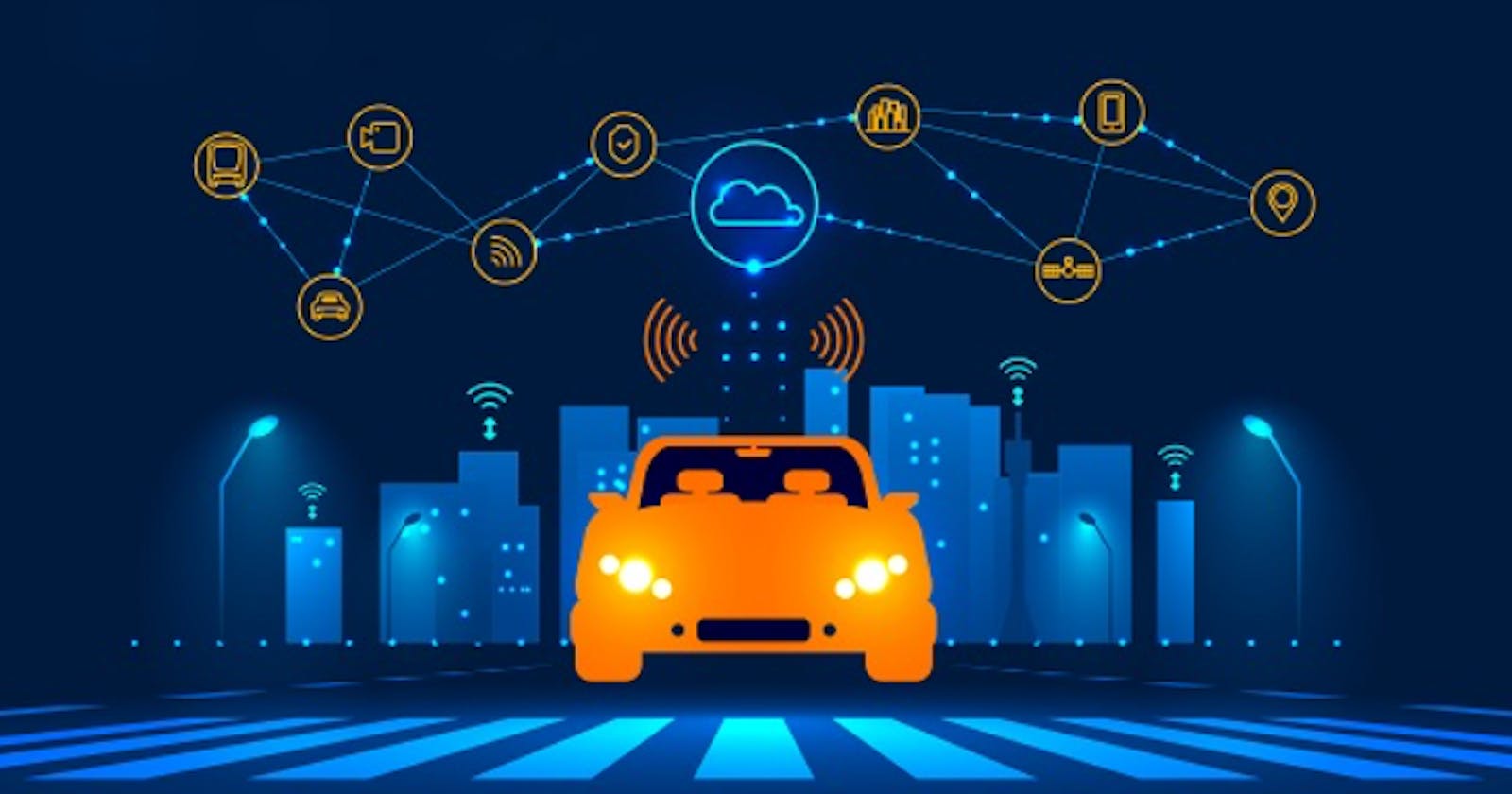The automotive industry has undergone a remarkable transformation in recent years, with vehicles evolving into complex systems of hardware and software. Modern cars are no longer just machines with engines; they are sophisticated technology platforms with an array of software applications that control everything from infotainment systems to safety-critical functions. In this context, the significance of rigorous testing for automotive software applications cannot be overstated.
The Automotive Software Landscape
In the modern automotive industry, vehicles have transitioned from mechanical marvels to sophisticated software-driven platforms. This evolution has given rise to a complex and diverse automotive software landscape encompassing many applications. These applications include infotainment systems that provide entertainment, navigation, and connectivity, advanced driver assistance systems (ADAS) that enhance safety through features like adaptive cruise control and lane-keeping assist, and powertrain control software that optimizes engine performance and fuel efficiency.
Importance of Testing in Automotive Software Development
In the world of automotive software development, testing stands as a paramount pillar of assurance and safety. The significance of testing cannot be overstated, as it directly correlates with the operational integrity of vehicles and the security of all road users. Software glitches within automotive applications can transcend inconvenience, potentially leading to catastrophic outcomes, such as accidents caused by malfunctioning safety features or distracted driving due to faulty infotainment systems.
Key Challenges in Testing Automotive Software
Testing automotive software presents a unique set of challenges due to modern vehicles’ complex and multifaceted nature. Overcoming these challenges is crucial to ensure software-driven automotive systems’ safety, functionality, and reliability. Here are the key challenges that testers encounter:
Real-Time System Testing: Automotive software operates in real-time, responding instantly to changing conditions. Testing software within these tight timeframes while accurately replicating real-world scenarios is challenging.
Integration and Compatibility Testing: Modern vehicles have numerous interconnected systems, each with its software. Ensuring that these systems integrate seamlessly and are compatible is a complex task. This challenge intensifies as software evolves and new functionalities are added.
Safety-Critical Testing: Certain software functions, like those controlling braking and collision avoidance, are safety-critical. Testing these functions rigorously to ensure they respond correctly in critical situations demands specialized techniques and simulations, adding complexity to the testing process.
Handling Complexity: Modern vehicles contain an intricate network of software components, often developed by different teams or suppliers. Ensuring that all these components interact correctly and reliably requires comprehensive testing strategies.
Best Practices for Testing Automotive Software Applications
Testing automotive software applications is critical, given their pivotal role in modern vehicles. Effective testing ensures the functionality and performance of software-driven systems and safeguards the safety of drivers and passengers. To navigate the intricacies of this task, adhering to best practices is essential:
Define Clear Testing Objectives: Successful testing begins with well-defined objectives. Each testing phase should have specific goals aligned with safety standards and regulatory requirements. Whether it’s testing an ADAS’s accuracy or an infotainment system’s responsiveness, clarity in objectives ensures focused efforts.
Implement a V-Model Approach: The V-Model approach aligns testing with the development life cycle. Requirements drive the creation of test cases, ensuring traceability. By following this structured approach, automotive software teams can systematically validate functionalities at every stage, preventing issues from propagating downstream.
Embrace Simulation and Virtual Testing: Simulating real-world driving scenarios is a cornerstone of automotive software testing. Virtual testing environments replicate various conditions, enabling exhaustive testing without physical prototypes. This approach not only accelerates development but also reduces costs.
Prioritize Safety-Critical Testing: Certain software functions, such as braking systems and collision avoidance, are safety-critical. Rigorous testing, including fault injection, must validate the software’s response to critical scenarios. This practice ensures that safety-critical functions perform flawlessly, even in unexpected events.
Implement Continuous Integration and Continuous Testing (CI/CT): Integrating software modules demands continuous testing to detect integration issues and bugs early in development. Automated testing frameworks facilitate rapid feedback loops, ensuring that new code changes do not compromise existing functionalities.
Perform Regression Testing: As software evolves, it’s essential to verify that new updates do not introduce bugs or disrupt previously working features. Regression testing systematically validates the entire system’s integrity, providing confidence in the software’s stability.
Conclusion
Automotive software applications, including the critical infotainment system testing, constitute the core of modern vehicles, significantly influencing safety, functionality, and user experience. Recognizing the crucial role that these software systems play, stringent testing practices are not just advisable; they are imperative in upholding the highest standards of quality and safety. In the context of rapidly advancing technology, the integration of testing automation and the commitment to continual enhancement will assume a central position in shaping the trajectory of automotive software applications, including pivotal infotainment systems.
